By s.e. smith (@sesmithwrites)
Young adult fiction is often dismissed by older readers as being incapable of nuance, literary complexity, or gripping storytelling. Those eager to write it off as an entire genre fail to delve into the huge range of literary genres encompassed within young adult literature—smart, aching contemporaries like The Truth Commission (Susan Juby), thoughtfully studied speculative fiction like Starglass (Phoebe North), and so much more, from graphic novels (Boxers & Saints) to stunning anthologies (Slasher Girls & Monster Boys).
Young adult fantasy in particular is treated with disdain, slapped with the dread dual labels of “fantasy” and “young adult,” something “real readers” wouldn’t be caught dead with. Perhaps the only worse fate is to be labeled “young adult romance,” summing up two of the most derided categories of literature in one fell swoop.
As a genre, young adult fantasy doesn’t need to be defended, because it stands on its own, but for those who believe the genre isn’t capable of literary depth, spooky complexity, and deeply probing, perturbing storytelling, this list is a good starting point to challenge that notion. For all those who don’t think that YA can be literary fiction—or all those who want a starting point to dark and twisty YA fantasy—here you go.
Be warned—all of these books come with strong content warnings for violence and extremely disturbing situations.
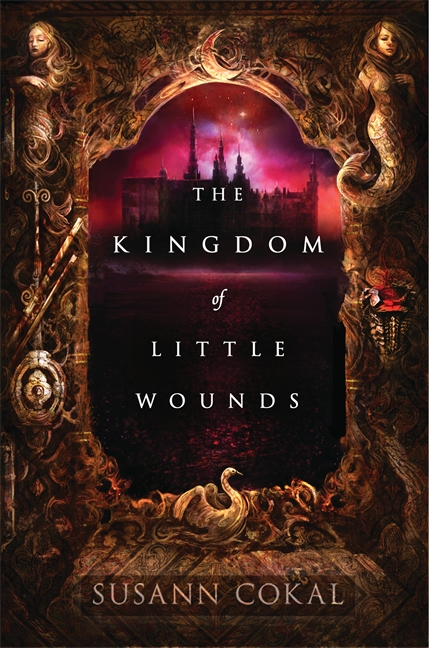 |
1. Kingdom of Little Wounds, Susanne Cokal
In her afterward, Cokal refers to her book as “a love story about syphilis,” discussing the fact that the tale is firmly rooted in the very real history of medieval Northern Europe, and that it’s impossible to divorce that history from the scourge of syphilis. Particularly among royalty, the sexually transmitted infection spread like wildfire, and the bizarre cures inflicted upon patients often made them worse, instead of better—and, of course, some of the preventative tactics were equally bizarre, as evidenced by the character with precious stones under the flesh of his penis who believes they protect him from infection.
That should give you a hint as to where the story is going. This bloody, dirty, sensual, and horrific book is wrapped in luscious, baroque prose, in a monstrous creation of terrible beauty—akin, in some ways, to the regrettably canceled Hannibal. Complicated subjects of gender and race come into play within Kingdom of Little Wounds, most prominently in the case of Midi Sorte, an African slave originally brought to court as an exotic gift, while new horrors lie in store with every turn of the page, from murder to rape to unabashed greed. Even for adults, this is a deeply unsettling and disturbing book.
|
| |
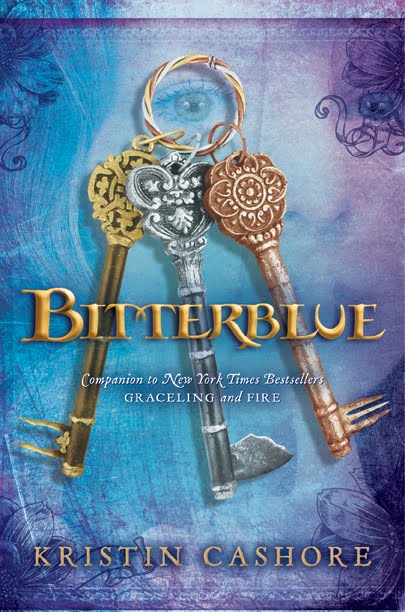 |
2. Bitterblue, Kristin Cashore
While all of Cashore’s Graceling books are excellent, and can be read independently, Bitterblue is the most chilling, and it plays upon some of the most horrible implications of the Graces that underlie the worldbuilding in the series. In this world, some people are born with Graces—enhanced natural abilities—and in Bitterblue, we meet Leck, a sadistic king with the ability to control and twist minds. Everyone in his kingdom, including his daughter Princess Bitterblue, believes that they’re living happy, fulfilled lives, and the Kingdom of Monsea is largely regarded as a prosperous and peaceful place, but the reality is anything but.
When Bitterblue ascends the throne after his death, she’s confronted by advisors who have stepped in to run the kingdom until she comes of age. Her understanding of Monsea begins to shift, and so do her attitudes on how to handle Leck’s legacy. What could be a fairly straightforward tale of destruction, death, and the aftermath of a deeply terrible person’s stranglehold on an entire kingdom becomes something else when the entire story is written in lilting, beautiful prose—even the awful scenery and depictions of violent abuse.
|
| |
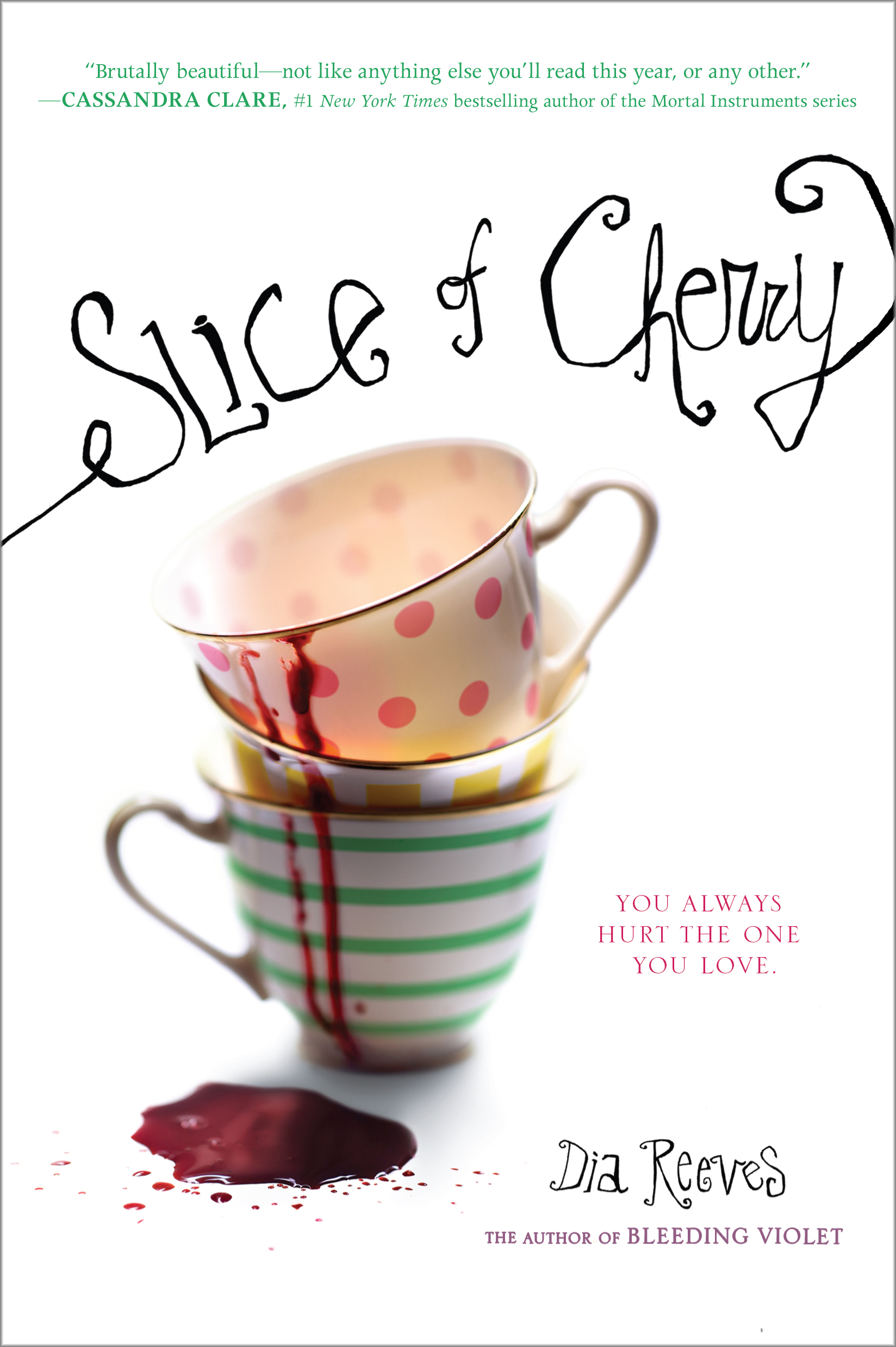 |
3. Slice of Cherry, Dia Reeves
Reeves’ Bleeding Violet may be better known than Slice of Cherry, but this book is probably even more disturbing and Dadaesque than Violet. Both take place in the utterly surreal environs of Portero, Texas, but this story revolves around sisters Kit and Fancy Cordelle, and they’re not just sisters. They’re violent, bloodthirsty girls with a penchant for serial killing, torture, and abuse, flipping the common fantasy narrative of abused girls who need rescuing—they’re perfectly capable of taking care of themselves, please, thank you, and pass the hacksaw.
As in Bleeding Violet, this book depicts a meticulously constructed, bizarre, monster-filled, and oddly beautiful world through striking writing and sharp, vivid descriptions. Slice of Cherry comes with a much harder edge, though, coming as it does with a murder spree that’s among the least of the town’s problems; this is a book so twisted that underage serial killers seem almost normal and relatively benign in light of everything else that’s going on.
|
| |
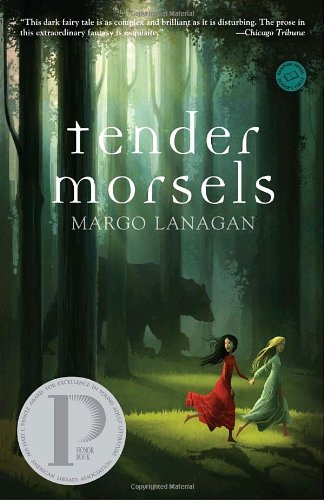 |
4. Tender Morsels, Margo Lanagan
Fairytale retellings are one of my favorite things, and I’m a fan of Snow White and Rose Red, upon which Tender Morsels is loosely based. The setting places us with our feet in two worlds—one protective, warm, and safe, and the other filled with monsters. What happens next is violently disturbing as two young girls encounter the real world; but it’s accomplished too gracefully to end up becoming a clunky metaphor for growing up as the two young women learn about magic, the darker things in life, and their own power. You can’t take Tender Morsels at face value, from its dark setting to graceful, elegant language.
The book attracted considerable controversy in 2011 when it was included on and later dropped from a summer young adult fiction roundup at Bitch Magazine after complaints from readers concerned about sexual assault, explicit content, and a very troubling scene in which rape is effectively used as a form of vengeance. Yet, this is an interpretation that lacks nuance. Tender Morsels is a morally troubling, challenging, aggressive book—in some ways it reminds me of Sucker Punch, which was graphically, dramatically violent but ultimately took on some complicated social issues surrounding young women, mental illness, and agency. Tender Morsels is designed to be interrogated, not accepted.
|
| |
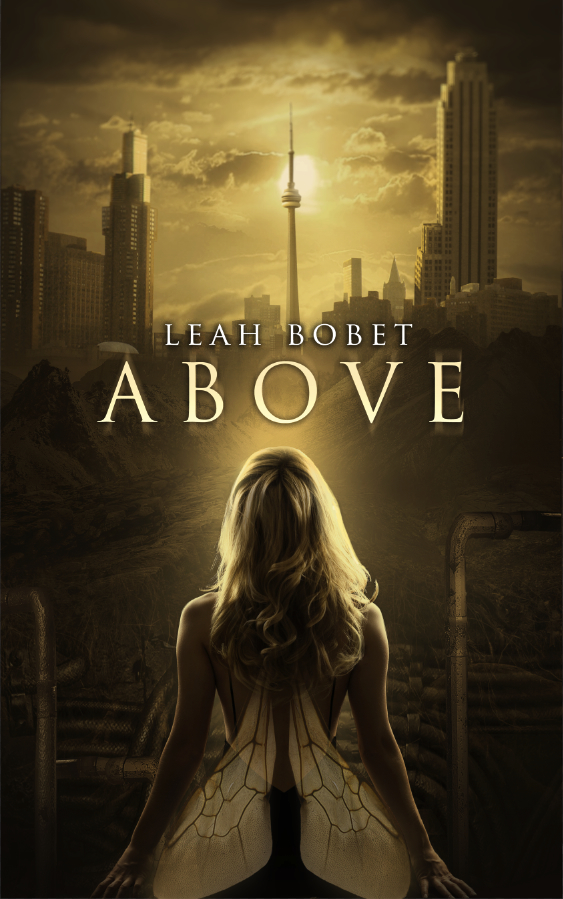 |
5. Above, Leah Bobet
Leah Bobet’s Above is not, strictly speaking, fantasy—it occupies a nebulous space of speculative fiction, science fiction, and fantasy, all of which overlap, of course. It’s also a very difficult book which a lot of critics didn’t like because of the writing style: It’s choppy; it’s coarse; the grammar, spelling, and punctuation are unusual; and the narrative jumps unexpectedly and sends readers skittering in all directions. These traits, however, are integral to what makes Above so successful, as it’s about a world of Freaks—those with unusual physical characteristics—who band together belowground to protect themselves from experimentation, abuse, and torture. Much like the Freaks themselves, the writing style is an amalgamation of confusing elements.
The Freaks occupy their own strange community, which begins to fracture, forcing them aboveground and into the dangerous outside world. The scenery of Above is jagged, graphic, violent—but what really appeals to me about the text is the way it challenges the reader’s preconceptions of race and gender. Telling you how would, of course, ruin the experience, but it’s worth noting that nothing is what it seems in Above and it’s worth keeping a weather eye on your surroundings whilst you read.
|










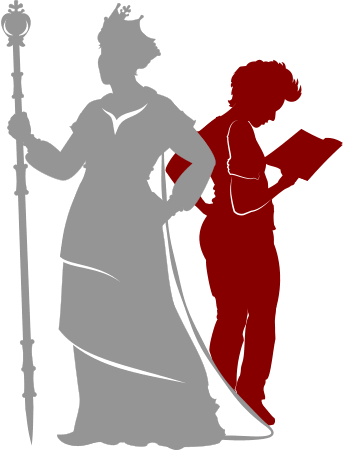

Connect with the Sirens community
Sign up for the Sirens newsletter